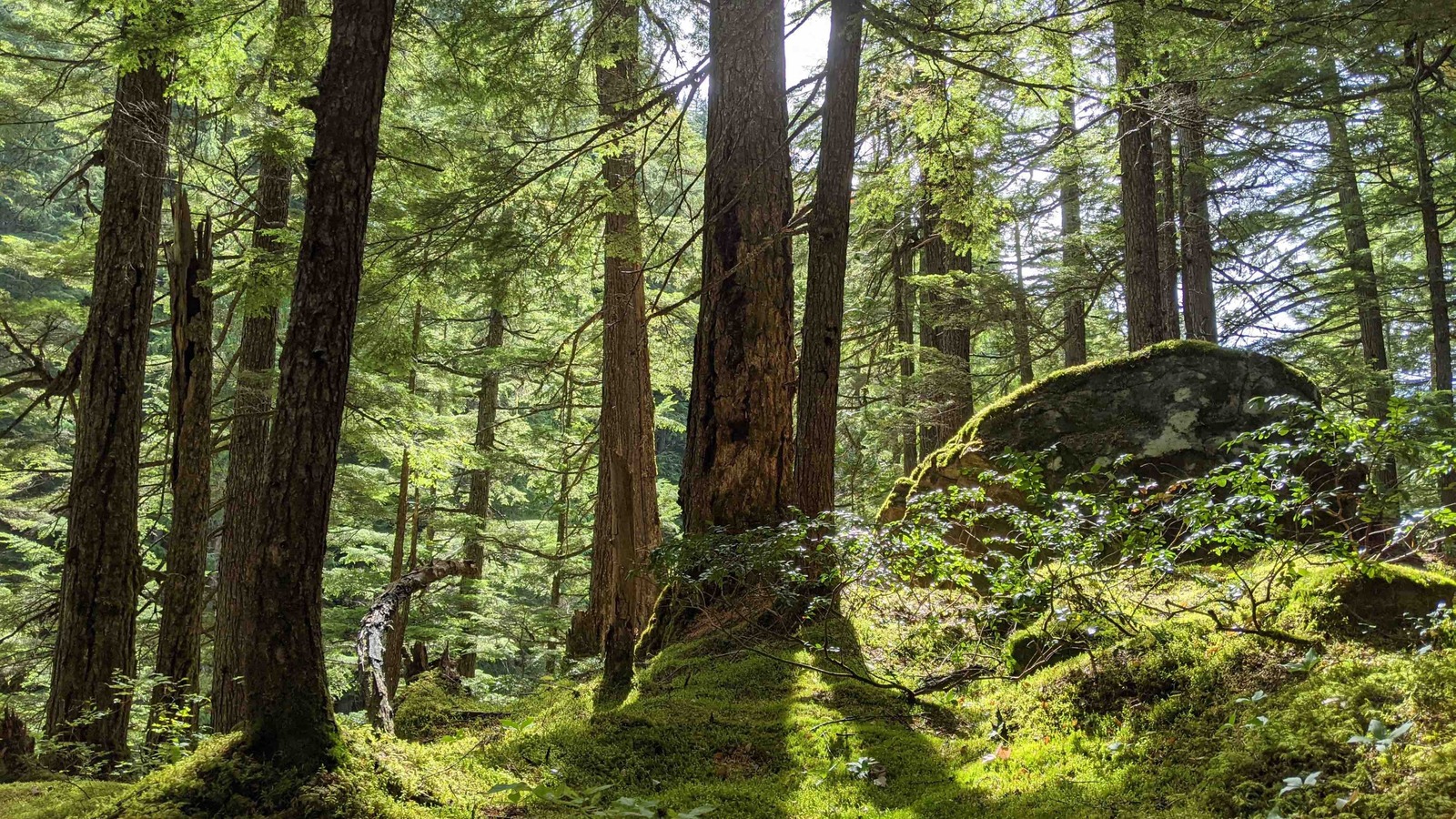
Help stop old growth logging on the Sunshine Coast
1150 signed. Let's get to 2000.
Urgent! Deadline: 1st May 2023
BC’s Chief Forester will soon decide on an Annual Allowable Cut (AAC) for the Sunshine Coast Natural Resource District. The AAC determines how much logging can occur on the Sunshine Coast over the next ten years.
We have an opportunity to comment on the Timber Supply Review discussion paper and demand an end to the forest plantation model that prioritizes resource extraction over all other forest values.
Please take a moment to send a letter to Resource Manager Jillian Tougas. Personalized letters are much more impactful. Share why you love forests on the Sunshine Coast.
Why is this important?
The Annual Allowable Cut (AAC) determines how much logging can occur on the Sunshine Coast over the next ten years. This decision is based on assumptions outlined in a 2023 Timber Supply Review Analysis Discussion Paper which draw from the 2021 Timber Supply Review Data Package.
The Timber Supply Review (TSR) is a complicated process. There are serious problems with the assumptions and analyis; and systemic issues with the review process and BC forest management practices. Ultimately, these problems have led to forest liquidation instead of forest stewardship.
The BC government has promised a "paradigm shift" in how we manage BC's forests, to recognize that forests have intrinsic value for all living things and should be managed for ecosystem health, watershed stewardship, old growth protection, species at risk, and biodiversity conservation—not just for timber sales.
But the 2023 Timber Supply Review is based on a forest plantation model that prioritizes resource extraction over everything else. It fails to deliver the promised paradigm shift, and its recommendations ignore local government and community needs and values around natural asset management, drinking water supply, climate adaptation, and climate mitigation.
Specifically, the assumptions in the 2023 Timber Supply Review:
- Do not account for effects of climate change on forest health and resilience, biodiversity and water supply.
- Target removal of remaining low to mid-elevation old growth forests in the next 10 years.
- Make no allowance for setting aside mature forests to become future old growth in depleted and under-represented forest ecosystems (old growth recruitment).
- Neglect to consider impacts on local drinking water source area ecosystems and recharge areas.
- Ignore risks and impacts of flooding and fire on downstream communities and natural / built infrastructure.
- Conflict with recent changes to BC forestry laws and regulations made specifically to address the chronic mismanagement of our forests and protection of all forest values.
You can make a different to this process and its outcomes by adding your voice by 1st May, 2023.